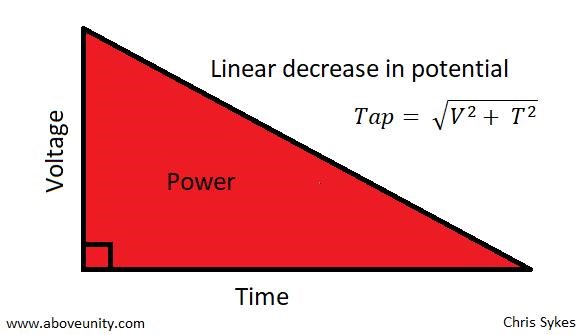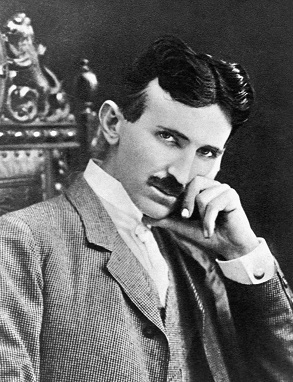Good Day to all,
New to this forum.
This is my attempt at building and replicating the asymmetrical transformer.
I have read many threads on this forum and am new to this technology, just trying to understand it and study it further.
The core is a 1"x1" CSA, 6"x6" L x W. Metglas. The Core has a gap of 4 folded pieces of Kapton Tape.
Below is a picture of the way the machine is currently built.
I have done my best to show winding and diode directions.
The primary coil is drawn separate from the core but is meant to be wound over-top of POCone.
There is a 52W 130v incandescent bulb in parallel with the led and capacitor. (The Capacitor and LED added to POCone output is just an extra load.)
I ask the experienced members to look over this and point out any errors I may have made or if this is correct the way it is.


This is the Scope Shot.
32v 300ma input from power supply.
2.3khz at 0.7% Duty Cycle
Resistors are 0.2ohm 3W
Purple trace is across the resistor for POCone(L2)
Yellow trace is across the resistor for POCtwo(L3)

https://www.youtube.com/shorts/48z9JMB7os0
Questions:
Is this the Asymmetrical re-gauging ?
Observing the waveform shows me that the SLAPPING of the 2 coils occurs after POCone shows a reverse current, Is this correct?
Thank you all for taking the time and discussing this technology on this forum.
Look forward to continuing this research and helping others along the way.
Drasko.






































